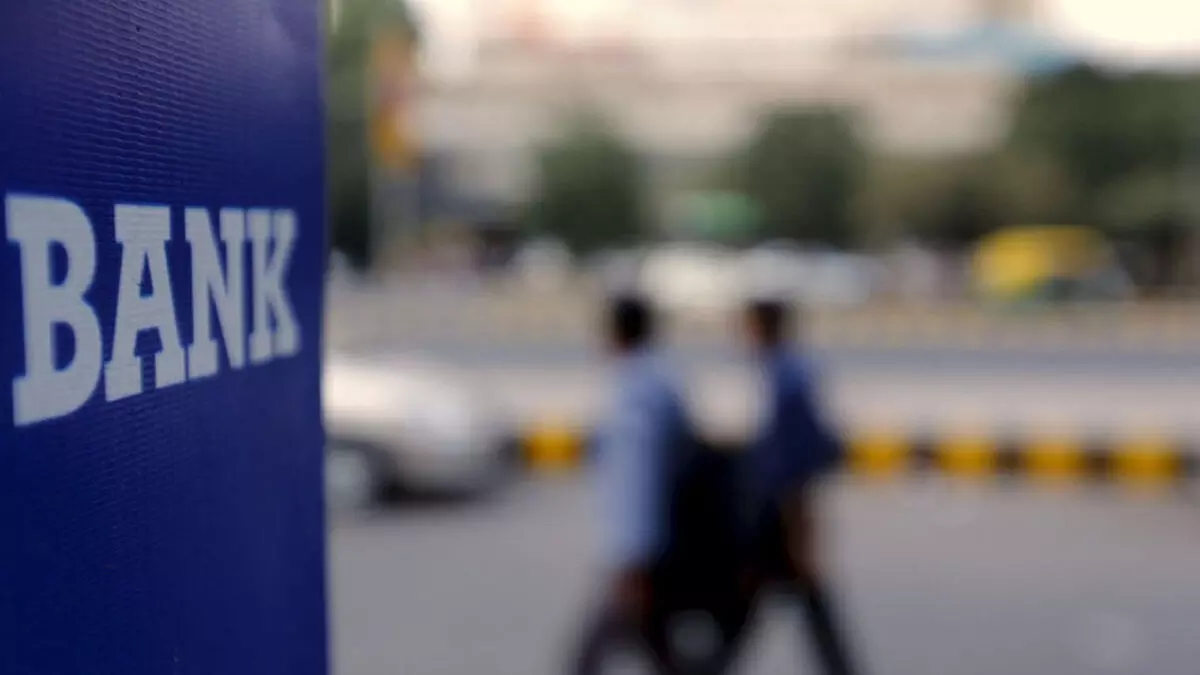NEW DELHINew Delhi: Indian banks’ gross non-performing assets (NPA) ratio could fall by 0.4 per cent to 2.4 per cent by March 2025, followed by a further decline of 0.2 per cent in the next fiscal, according to rating agency Fitch.Although stress is rising in retail loans, particularly in unsecured loans, strong growth, recoveries and write-offs are expected to offset the rise in non-performing loans, Fitch’s report said.
It pointed out that currently, loan stress is concentrated in small unsecured personal loans of less than $600 (over Rs 51,000). Moreover, large Indian banks’ exposure to such risky loans may be proportionately lower than that of the overall financial system.Such risky loans are more heavily offered to low-income borrowers by non-banking financial companies (NBFCs) and fintechs.
The RBI expects the impaired loan ratio to decline in financial year 2024-25 (FY25), after which it will rise to around 3 per cent in FY26, from 2.6 per cent in the first half of FY25 (1HFY25). “We believe this divergence from our forecast partly reflects differences in opinion on the timing and extent of risk crystallization, banks’ exposure to risk, loan growth and India’s economic performance,” Fitch’s report explained.
Unsecured personal loans and credit card lending grew at a compound annual growth rate of 22 per cent and 25 per cent, respectively, in the three years to FY24. This pace slowed to 11 per cent and 18 per cent year-on-year (Y-o-Y), respectively, in the first half ending September 2024 (1HFY25), following an increase in the risk weight associated with unsecured loans. India’s household debt is 42.9 per cent of gross domestic product (GDP) as of June 2024, lower than many emerging markets in the Asia Pacific region. However, stress is rising in unsecured retail loans, which accounted for about 52 per cent of new bad retail loans in 1HFY25.
The report also noted that banks may have some indirect exposure through funding to non-banks and fintechs, which are more exposed to low-income borrowers. Such borrowers, or those whose income is not disclosed, make up a little over a third of outstanding consumer loans in the financial system
